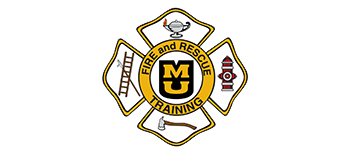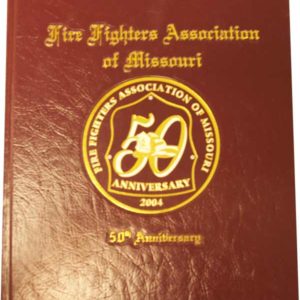Spring has arrived, school is about out, and people want to start planning vacations, it’s a crazy time of the year. My article this month is about firefighter training and the challenges we face in the fire service.
The training of firefighters is a constant challenge. With expanding department missions, decreasing time available, and limited budgets and resources, it can seem impossible for firefighters to get all of the training they need. We must remember how essential training is. All firefighters need to be ready when the call comes in. The public doesn’t ask if you are paid or volunteer when they dial 911. They expect someone to respond quickly, take care of their problem, professionally and competently, and BE NICE.
Developing a training program that meets the needs of the community and the individual firefighter requires planning, commitment, and time. The person in charge of training should be enthusiastic about the job. However, the job of training doesn’t just fall to one person. Everyone plays a part. There are so many teachable moments before and after emergency responses. These teachable moments can’t be overlooked. Anyone who was on the scene can point them out and enhance the knowledge and awareness of the crew. Or bring them back to the debrief or a station meeting to constructively highlight areas done well. Areas that can be improved, and areas that would benefit from additional training.
Training officers are responsible for organizing the training of firefighters with different skill sets. They identify individual and company training needs through needs and capability assessments and meetings with superiors and subordinates. A set of performance objectives can be developed based on these assessments and department priorities, and from those objectives, the training schedule can be formulated. All training programs should include an evaluation component to gauge the student’s ability to perform to the stated objectives. It is through this formal evaluation that the capability of firefighters to perform basic skills on the fireground is known, which will assist incident commanders in selecting strategies and tactics.
Training should be relevant, pertinent, interesting, and fun. Yes, training is serious business, but one of the motivational factors for firefighters is that they enjoy what they are doing and the people they are with. It is what keeps them active and engaged in the department and helps make the time and training demands placed on them more manageable.
In my article in the next magazine, I will touch on more training and how to develop a training calendar for your department to meet your goals.

In closing I attended the open house for Lees Summit Fire Station 4 . Congratulations to Chief Mike Snider and the members of the Lees Summit Fire Department on your new addition.
If the FFAM can be of any assistance to you or your department, please contact us. I can be reached at grant_oetting@yahoo.com or 660-229-4525. If I don’t answer please leave me a voicemail or feel free to text as well. Until next time….Stay safe my brothers and sisters.



































